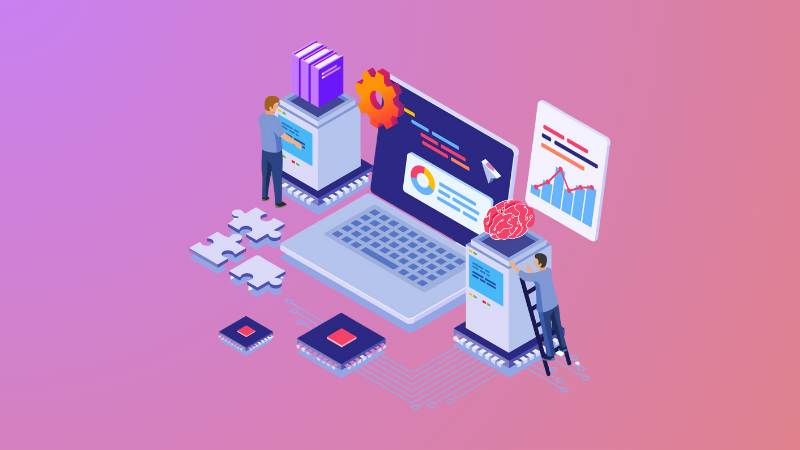Brains Before Bots: Real-World Tips for Ethical AI Use

Artificial Intelligence isn’t just the stuff of sci-fi anymore—it’s here, and it’s changing the way we work. Whether you're an individual contributor automating reports, a team using AI-powered insights to streamline projects, or an organization leveraging machine learning for customer interactions, AI can be a game-changer. But with great power comes great responsibility (yes, that’s a Spider-Man quote), and using AI ethically is key to ensuring it benefits everyone involved.
AI can be a lifesaver for the everyday worker. It can schedule meetings, summarize emails, and even generate ideas (though it won’t replace your actual brain…yet). But over-relying on AI without a reality check is like trusting autocorrect to write your wedding vows—things can go very wrong, very fast. AI isn’t perfect, and neither is the data it learns from. So, keep your human instincts engaged, because while AI might be great at crunching numbers, it still hasn’t quite perfected how to think like a human.
While AI can do some pretty amazing things, it can also go wildly off the rails if not handled responsibly.
-
Bias and Discrimination: AI models learn from data, and if that data is biased, guess what? The AI will be biased too. This can lead to unfair hiring practices, discriminatory loan approvals, declining medical expenses, or marketing campaigns that unintentionally exclude certain groups. Always check your data sources and question the outputs.
-
Transparency and Accountability: If an AI system makes a decision, who’s responsible for it? If your chatbot denies a customer a refund and they take to social media with pitchforks, blaming "the AI" won’t cut it. Organizations must ensure AI decisions are explainable and accountable.
-
Privacy Concerns: AI thrives on data, but not all data should be up for grabs. Collecting customer information without proper consent or using AI to track employees without transparency is a surefire way to lose trust. If people feel like they’re being watched, they won’t want to use it.
-
Job Displacement: AI can automate repetitive tasks, but it can also replace jobs. Businesses need to balance AI integration with reskilling initiatives to ensure employees aren’t left behind. The goal isn’t to replace humans, but to enhance human potential—think of AI as a sidekick, not the newest hire.
So how do we use AI ethically while still reaping its benefits? Here are some best practices to follow:
-
Set Clear Ethical Guidelines: Establish AI policies that define what’s acceptable and what’s not within your team or organization. A little structure never hurt anyone (unless you’re a free-spirited AI just trying to live its best life).
-
Build Versatile AI Teams: AI is only as good as the people building it. Having a variety of team members working on AI development helps minimize biases and ensures a well-rounded approach.
-
Conduct Regular AI Audits: Just like you wouldn’t trust a financial report without an audit, don’t trust AI without regular check-ups. Periodic evaluations help catch biases and ensure compliance with ethical standards.
-
Be Transparent About AI Use: Make sure customers, employees, and stakeholders know when AI is being used and how decisions are made. If AI is helping you decide who gets a loan or a job, people have the right to know how and why.
-
Commit to Continuous Learning: AI is evolving, and so should our ethical practices. Stay informed, keep updating guidelines, and never assume you’ve got it all figured out—because the moment you do, AI will probably surprise you.
AI is an incredible tool that can revolutionize businesses, but only if we use it responsibly. By staying mindful of bias, ensuring transparency, protecting privacy, and keeping humans in the loop, we can leverage AI in ways that benefit both businesses and society. After all, the goal isn’t to create a world where AI does it all—it’s to build a future where AI and humans thrive together.


